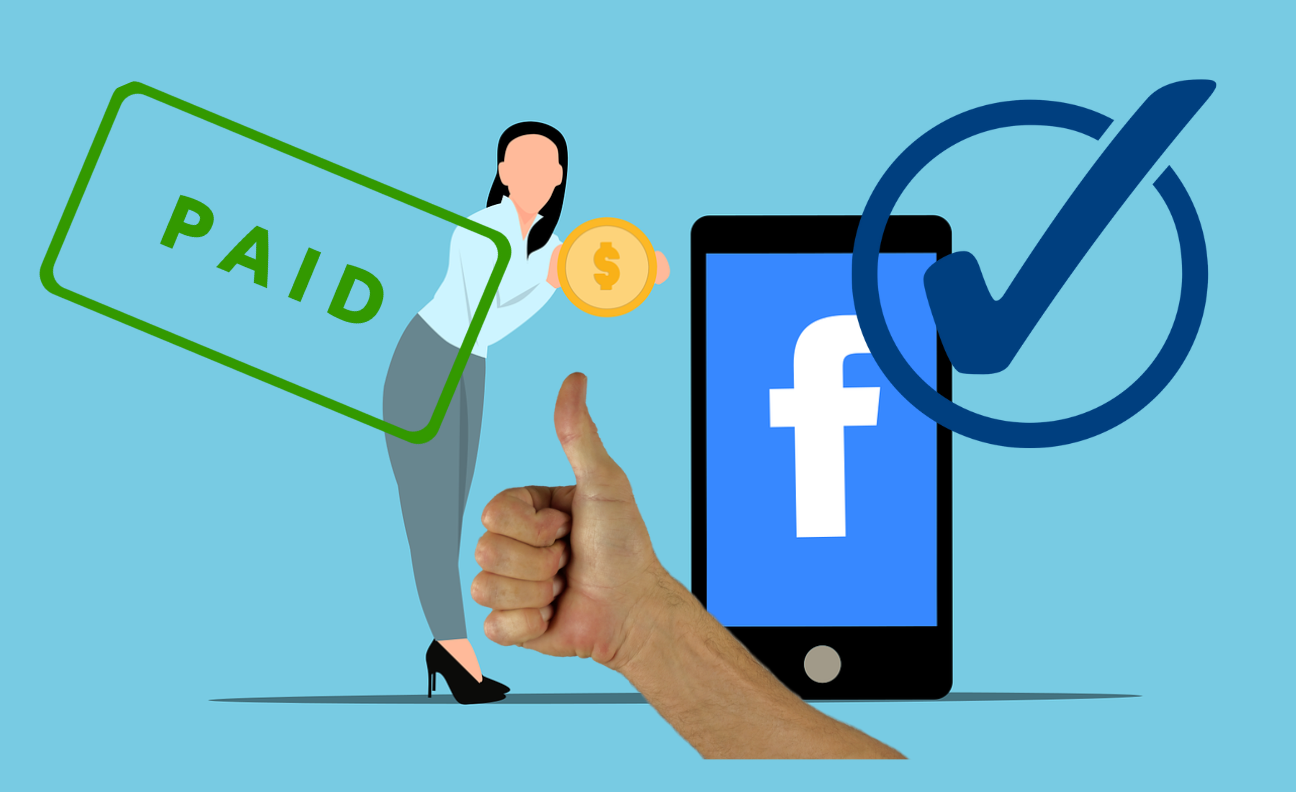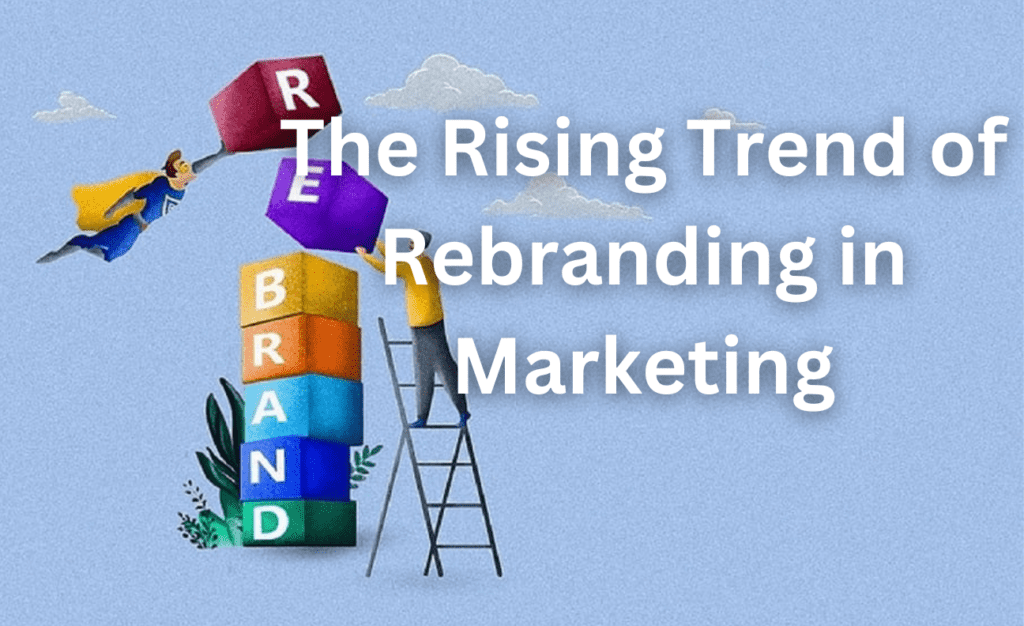In a bold move aimed at fortifying user credibility and combatting impersonation, Meta, the parent company of Facebook and Instagram, has recently launched a paid verification service, drawing inspiration from Elon Musk’s Twitter Blue.
This groundbreaking feature allows users to acquire the highly sought-after blue tick, symbolising authenticity, with subscription plans starting at just £9.99 per month.
What’s more, by introducing this new offering, Meta aims to provide enhanced security measures and dedicated support to its verified user base.
Expanding to the UK
Following its successful implementation in the United States, Australia, and New Zealand, Meta’s paid verification service is now making its way to the United Kingdom.
Users who have registered their interest in Meta Verified will be promptly notified when the service becomes available to them.
Over the course of the coming weeks, the rollout will extend to a broader audience in the UK, enabling individuals to obtain the esteemed verified badge and establish their credibility on the platform.
Stringent Requirements and Invaluable Benefits
To be eligible for Meta Verified, subscribers must meet two key criteria, firstly they must be at least 18 years old and secondly, they must submit a valid government-issued identification document for verification purposes.
Once approved, verified users will benefit from robust protection against impersonation, as Meta will diligently monitor their accounts to detect and address any potential fake or fraudulent profiles.
This added layer of security provides users with the peace of mind that they can interact with genuine accounts on the platform. Furthermore, verified individuals will gain access to personalised support from a real person, ensuring swift resolution of any account-related concerns they may encounter.

Influenced by Twitter Blue’s Paradigm Shift
Meta’s decision to introduce a paid verification system echoes Elon Musk‘s introduction of the premium Twitter Blue subscription service in November 2022. At the time, Twitter’s implementation of this change was met with controversy as the traditional system of blue ticks underwent a transformation, causing confusion and creating opportunities for impersonation.
Musk’s strategy involved reserving the highly coveted “verified” blue badge exclusively for those who subscribed to Twitter Blue and completed the verification process by confirming their phone numbers.
In response to the ensuing confusion, Twitter eventually reinstated blue ticks for select high-profile figures, governments, and organisations without any associated costs.
Preserving Existing Verification Systems
While Meta has introduced the paid Meta Verified service, it is worth noting that Facebook and Instagram will continue to maintain their existing verification systems for notable individuals, such as public figures, celebrities, and brands.
Therefore, this signifies that Meta intends to uphold the previous verification framework alongside the new paid tier, recognising the importance of authenticity and credibility for its platform users.
A Monetisation Strategy Shift
The introduction of a paid verification service marks a significant departure for Facebook and Instagram, which have traditionally been completely free platforms. Historically, these services heavily relied on revenue generated through advertising, which constituted the majority of Meta’s earnings.
However, with the introduction of a paid tier that offers increased visibility and prominence, Meta aims to explore alternative avenues for monetising the platforms.
Moreover, this strategic shift in approach comes on the heels of the company’s announcement of 11,000 job losses earlier this year, a decision primarily driven by the realisation of over-investment during the pandemic.
More Pros of Paid Verification
The introduction of a paid verification service brings forth several notable benefits for users. Firstly, it enhances the credibility and authenticity of verified accounts, allowing users to establish their identity and gain trust from their audience. With a verified badge, individuals can effectively differentiate themselves from fake or impersonated profiles, fostering a more secure and reliable online environment.
Additionally, the paid verification service offers users a heightened level of protection against impersonation and fraud. The active monitoring of verified accounts by Meta ensures that any potential fakers or fraudulent activities are promptly identified and addressed. This not only safeguards the verified users but also contributes to the overall trustworthiness and integrity of the platform.
Lastly, the inclusion of personalised support from real people signifies a commitment to customer satisfaction and user experience. Verified individuals can rest assured knowing that they have direct access to dedicated assistance for any account-related issues, providing a more streamlined and efficient resolution process.
Overall, the paid verification service serves as a valuable investment for users, enabling them to enhance their online presence, build credibility, and enjoy a more secure and supportive social media experience.
Realistic Downsides
While the introduction of a paid verification service offers certain advantages, there are also potential disadvantages to consider. One significant drawback is the potential for creating a two-tiered system, where only those who can afford the monthly subscription fee gain access to the benefits of verification.
This may create an inequality of opportunity, as individuals with limited financial resources may be unable to attain the same level of credibility and visibility as their verified counterparts.
Moreover, the implementation of a paid verification service may lead to an influx of fake or unverified accounts that attempt to mimic the appearance of legitimacy without paying the subscription fee. This could dilute the effectiveness of verification and potentially undermine trust in the platform.
Additionally, the monetisation of verification may raise concerns about the increasing commercialisation of social media, shifting the focus from user experience to profit generation.
Therefore, overall, while paid verification offers certain advantages, the potential for creating divisions and diminishing the efficacy of verification must be carefully considered.
Step-by-step guide: How to apply for a verified account on Instagram pic.twitter.com/Maw175Dmhn
— Gadgets 360 (@Gadgets360) June 29, 2023
Conclusion
Meta’s introduction of the paid verification service in the UK reflects a growing trend among social media platforms to strengthen user authenticity and combat impersonation.
Inspired by the success of Elon Musk’s Twitter Blue, this groundbreaking feature allows users to obtain the highly coveted blue tick in exchange for a monthly subscription fee.
Although Facebook and Instagram’s existing verification systems for notable figures will remain intact, the addition of a paid tier demonstrates Meta’s commitment to exploring new monetisation strategies.
What seems to be clear though, is that as the platform continues to evolve in the future, users can expect heightened protection, dedicated support, and the opportunity to cultivate an enhanced online presence. Only time will tell if this will be beneficial to the majority of users, or if the downsides will prevail.









